Have you ever heard the soft, buzzing song of the Grasshopper Sparrow? It’s a sound that is slowly vanishing from North America’s grasslands. This unassuming bird, with its subtle plumage and distinctive song, is teetering on the brink of extinction. As we delve into the life of this fascinating creature, you’ll discover why it is one of the continent’s most endangered species. Let’s embark on a journey to uncover the secrets of the Grasshopper Sparrow, a bird that desperately needs our attention and care.
Elusive Appearance
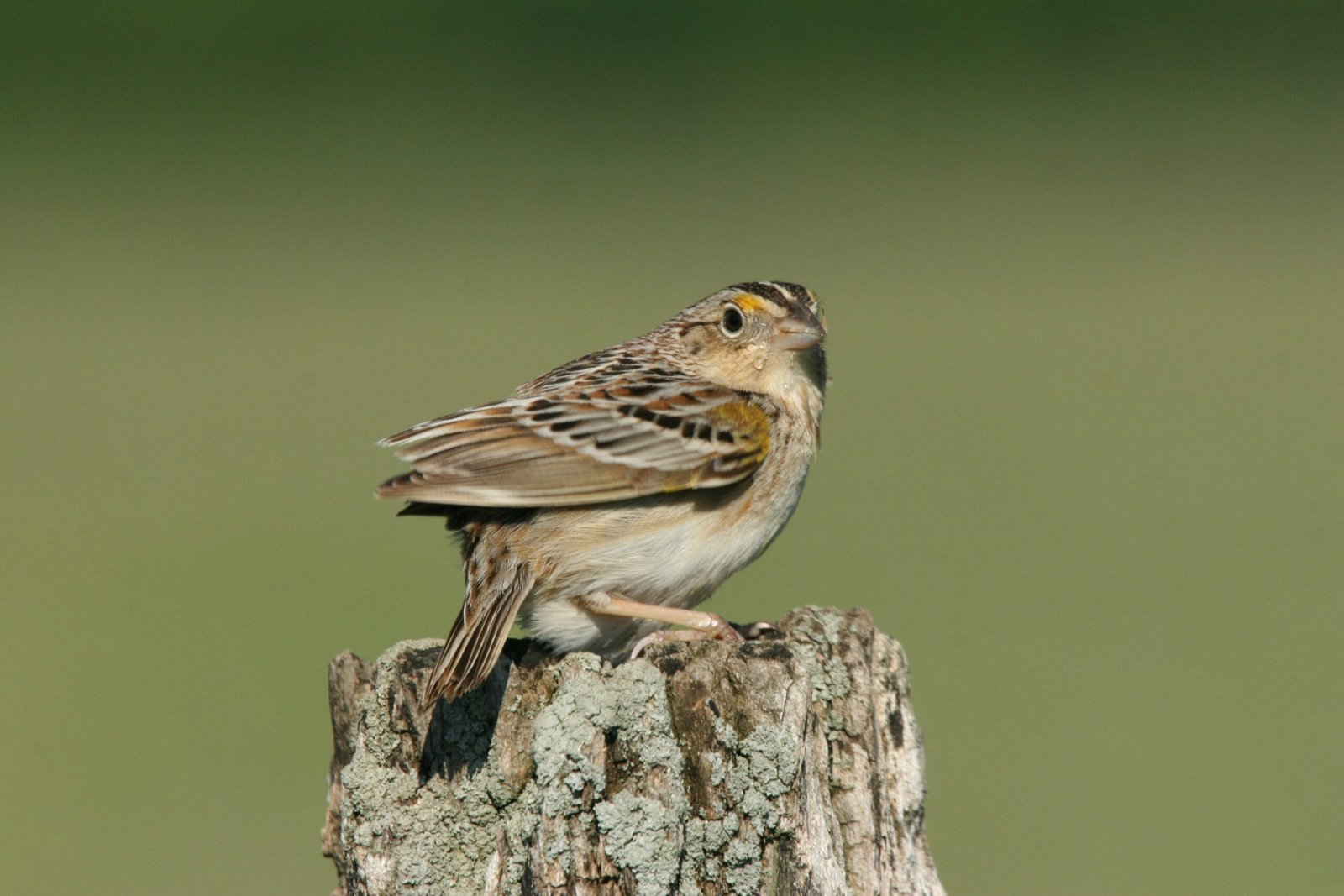
The Grasshopper Sparrow is not a bird that stands out at first glance. Its muted colors of browns and tans allow it to blend seamlessly into its grassy habitat. Despite its camouflage, it has a distinct charm. The bird’s small size and flat head, combined with its short tail, give it a unique silhouette that bird enthusiasts cherish. While it may not boast the vibrant hues of a cardinal or blue jay, its subtle beauty is captivating in its own right. The Grasshopper Sparrow’s appearance is a reminder that nature’s artistry is often found in the most understated forms.
Unique Song

The Grasshopper Sparrow is named for its insect-like song, which resembles the sound of a grasshopper’s chirp. This buzzing melody is a key identifier for bird watchers. The song plays a crucial role in the sparrow’s life, serving as a means of communication and a tool for attracting mates. However, with declining numbers, this song is becoming a rare treat for those who wander the grasslands. Imagine a world where this unique sound is lost forever—what a silent tragedy that would be.
Habitat Preferences

This sparrow is a true grassland dweller, thriving in open fields and prairies. It prefers areas with sparse vegetation, where it can find seeds and insects to feed on. Unfortunately, these habitats are rapidly disappearing due to agricultural expansion and urban development. As the grasslands vanish, so too does the home of the Grasshopper Sparrow. This loss of habitat is a significant factor in the bird’s decline, highlighting the urgent need for conservation efforts to preserve these vital ecosystems.
Feeding Habits
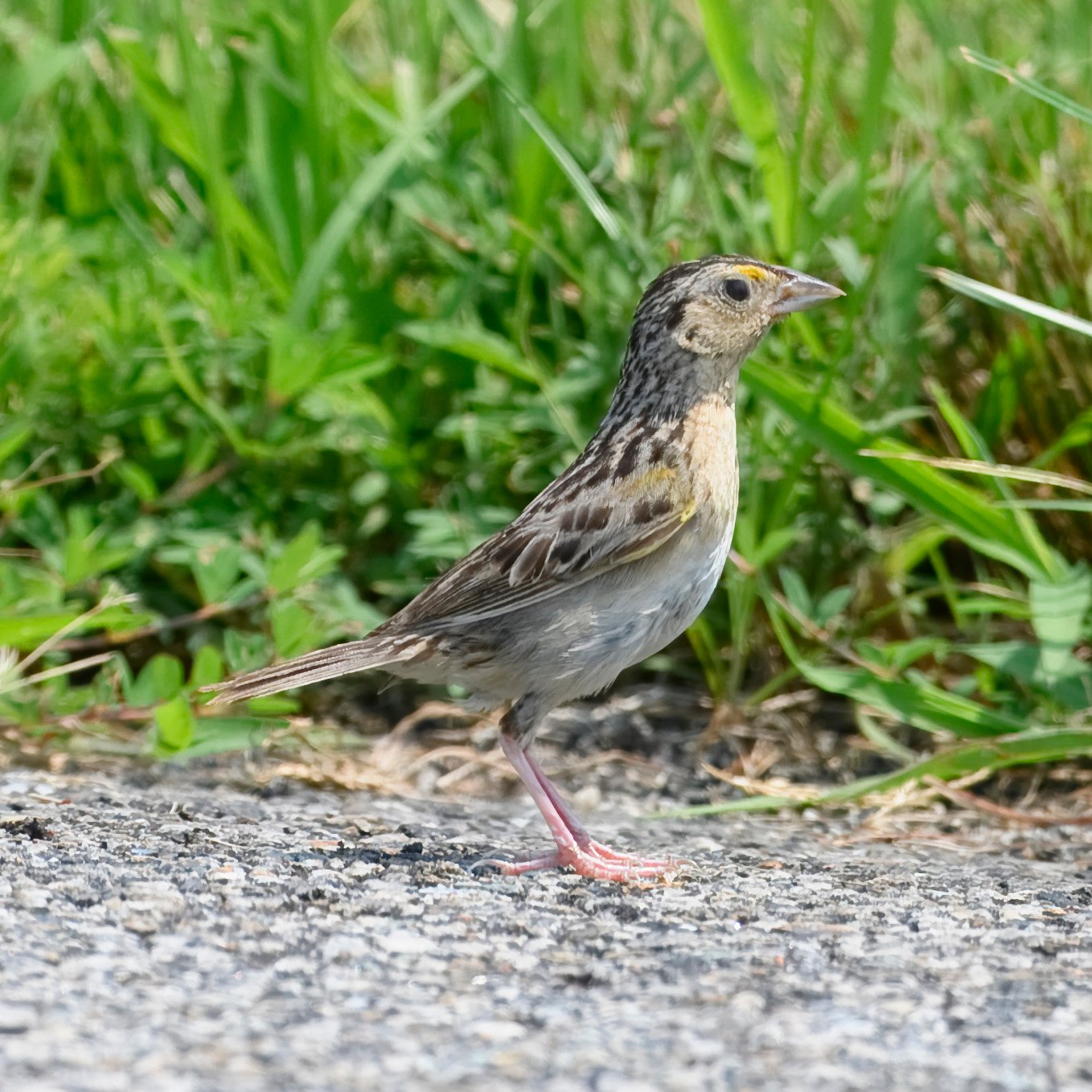
Grasshopper Sparrows have a diverse diet that includes seeds and insects. During the breeding season, they primarily consume insects, which provide the necessary protein for raising their young. Grasshoppers, crickets, and beetles are among their favorite foods. In the non-breeding season, they switch to a diet dominated by seeds. This adaptability in diet is crucial for their survival, but as their habitat shrinks, so does their access to food sources, making it increasingly difficult for them to thrive.
Breeding Behavior

The breeding season for Grasshopper Sparrows is a time of bustling activity. Males sing tirelessly to establish territories and attract mates. Once paired, the female builds a nest on the ground, cleverly hidden among the grasses. She lays a clutch of three to six eggs, which she incubates diligently. Both parents share the responsibility of feeding the chicks once they hatch. The breeding success of these sparrows is closely tied to the health of their habitat, emphasizing the importance of maintaining grassland ecosystems.
Migration Patterns
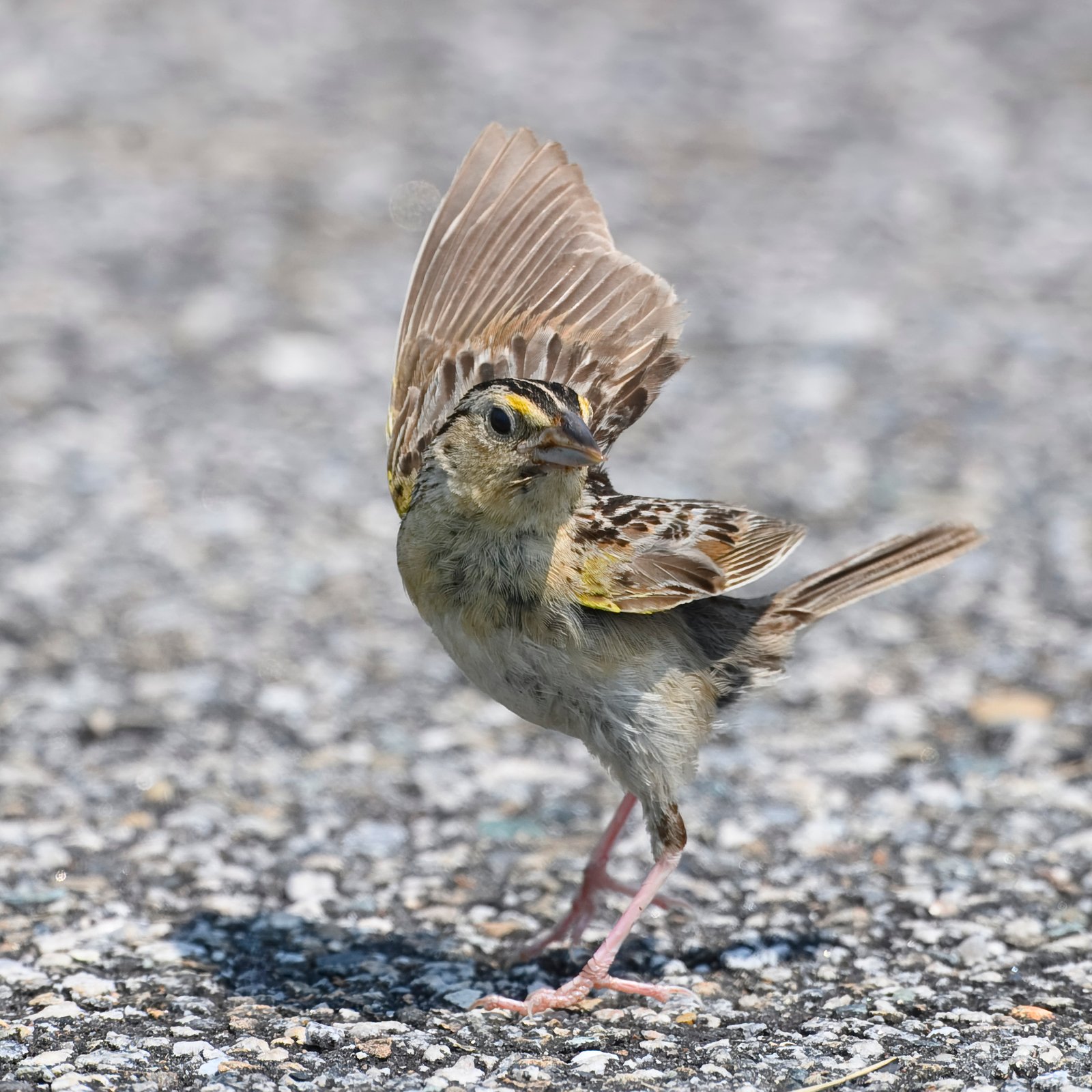
Grasshopper Sparrows are migratory birds, traveling between their breeding grounds in North America and wintering areas in the southern United States and Central America. The journey is fraught with challenges, including habitat loss and climate change, which can alter migration routes and timing. Despite these obstacles, the sparrows persist, driven by an innate instinct to return to their breeding grounds each year. Their migration is a testament to the resilience of these tiny creatures, yet it also underscores the fragility of their existence.
Conservation Status
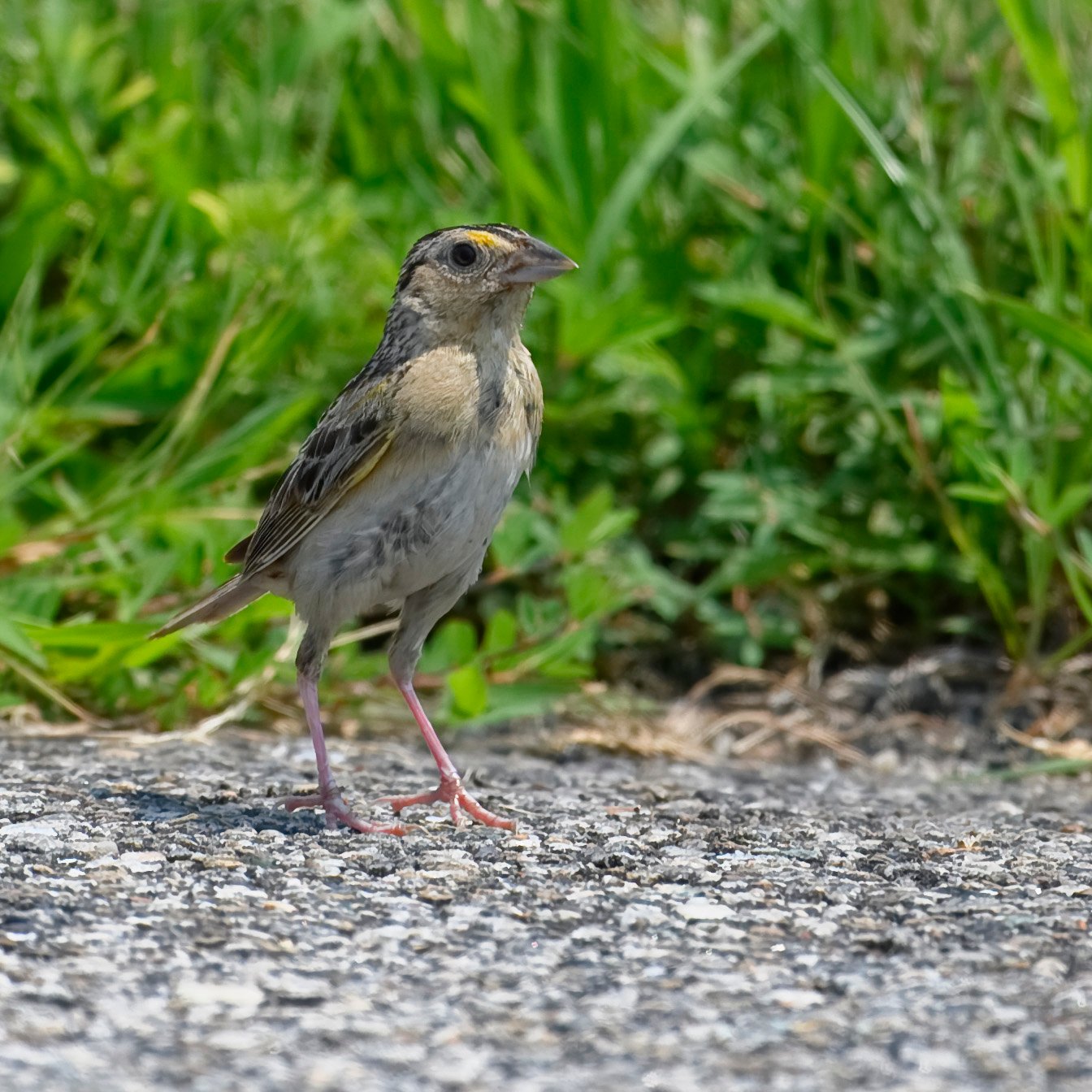
The Grasshopper Sparrow is listed as one of North America’s most endangered birds. Several subspecies are critically endangered, with populations dwindling at alarming rates. Conservation efforts are underway to protect and restore their habitats, but progress is slow. Organizations and researchers are working tirelessly to study these birds and implement strategies to halt their decline. The fate of the Grasshopper Sparrow rests in the hands of conservationists and the public, who must rally together to ensure its survival.
Threats to Survival
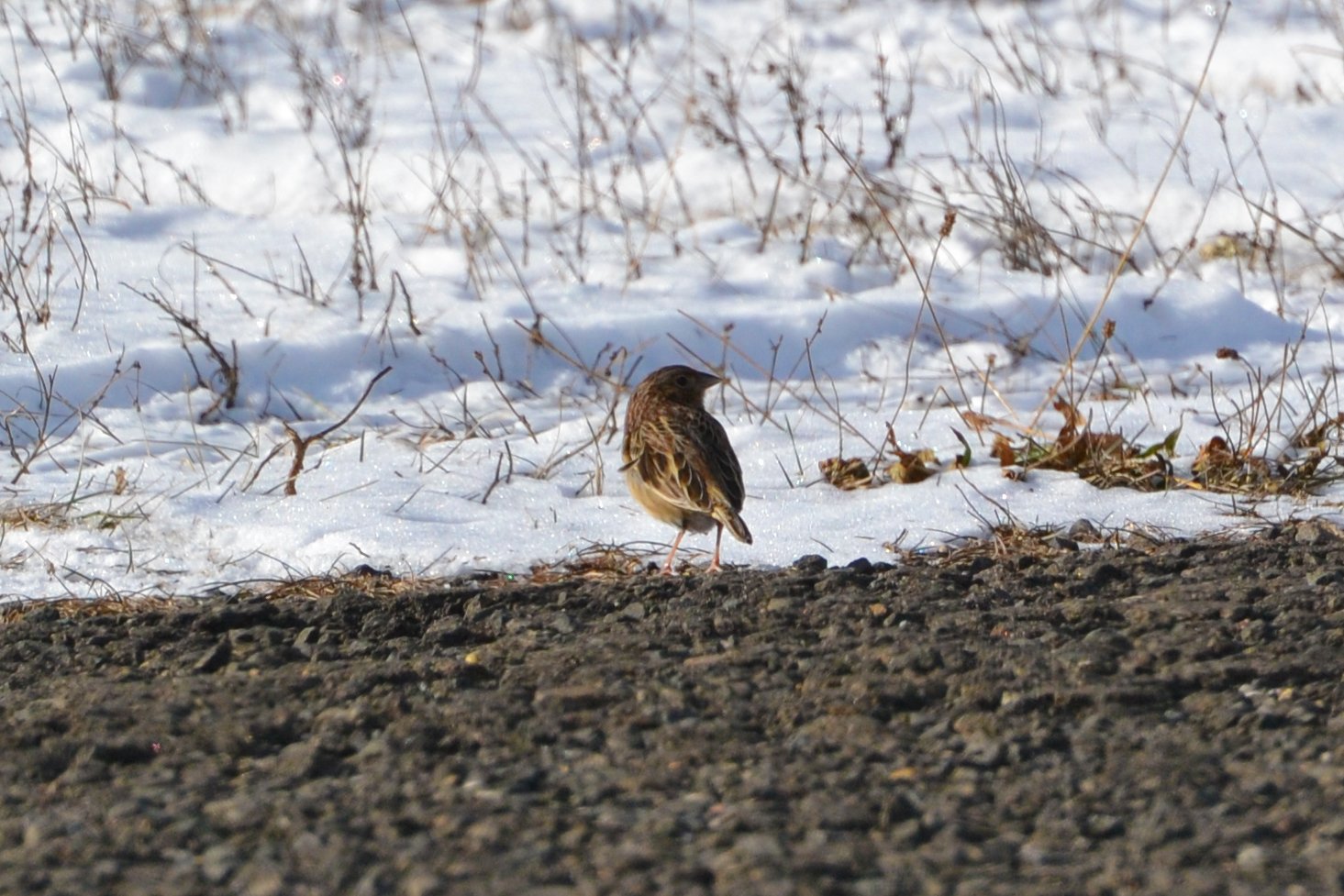
The challenges facing the Grasshopper Sparrow are numerous. Habitat destruction is the most pressing threat, as grasslands are converted to farmland or urban areas. Pesticides and pollution also pose significant risks, contaminating their food sources and environment. Additionally, climate change is altering weather patterns, affecting breeding and migration. These combined threats paint a grim picture for the future of the Grasshopper Sparrow, making conservation efforts more critical than ever.
Efforts in Conservation

Conservationists are employing various strategies to save the Grasshopper Sparrow. These include habitat restoration projects, such as re-establishing native grasses and controlling invasive species. Public awareness campaigns aim to educate people about the importance of preserving grasslands and the species that depend on them. Innovative research is also underway to better understand the sparrow’s behavior and ecology, providing valuable insights for future conservation actions. The collective efforts of scientists, volunteers, and communities offer a glimmer of hope for this endangered bird.
How You Can Help
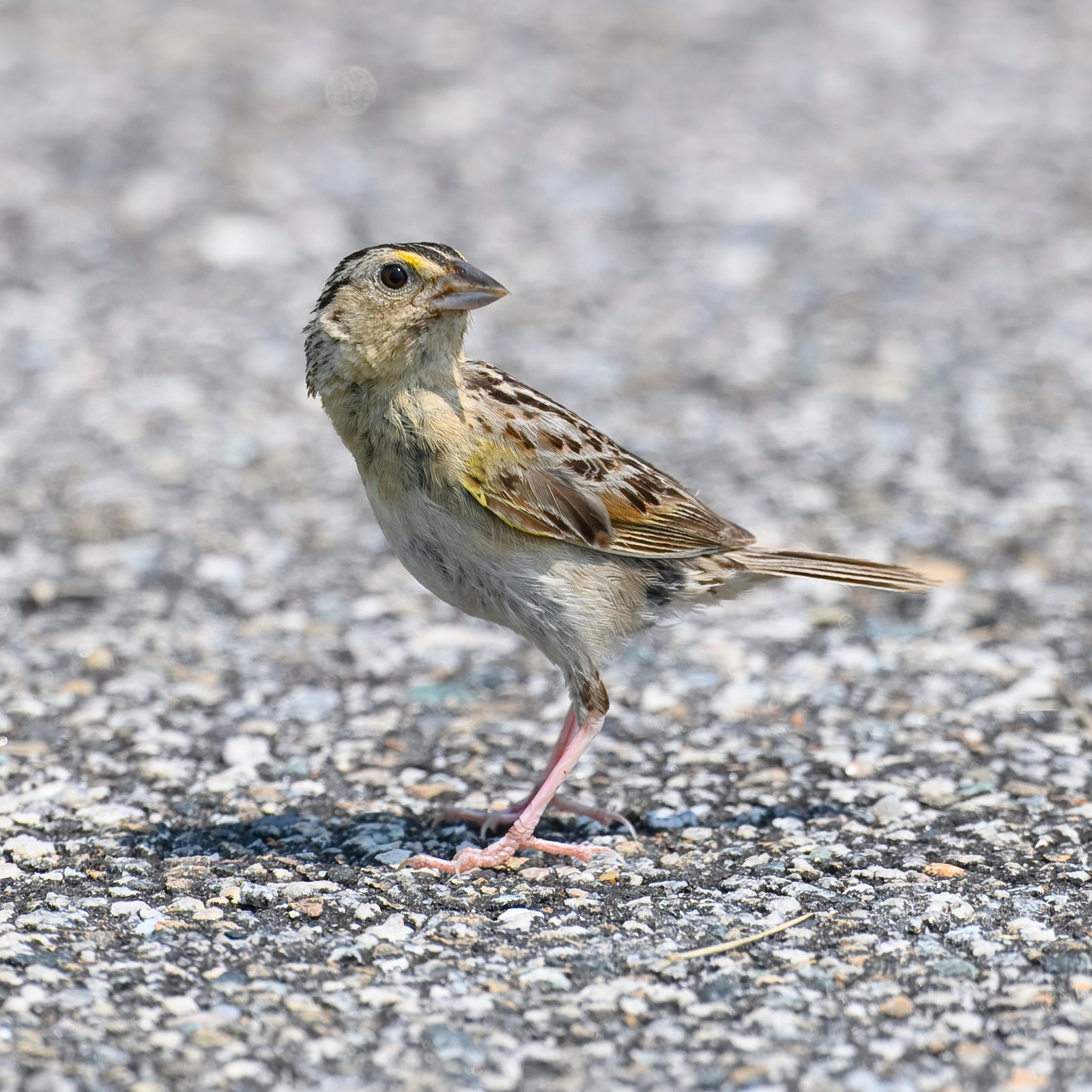
Every individual can play a role in the conservation of the Grasshopper Sparrow. Supporting organizations dedicated to bird conservation is a significant step. Participating in citizen science projects, such as bird counts and habitat surveys, can provide valuable data to researchers. Advocating for policies that protect grasslands and reduce pesticide use can also make a difference. By taking action, we can all contribute to preserving the delicate balance of ecosystems that sustain the Grasshopper Sparrow and countless other species.
The Grasshopper Sparrow is more than just a bird; it is a symbol of the fragile beauty of our natural world. As we strive to protect this endangered species, we are reminded of the interconnectedness of all life on Earth. Will you join the effort to save the Grasshopper Sparrow and ensure its song continues to grace our grasslands?






